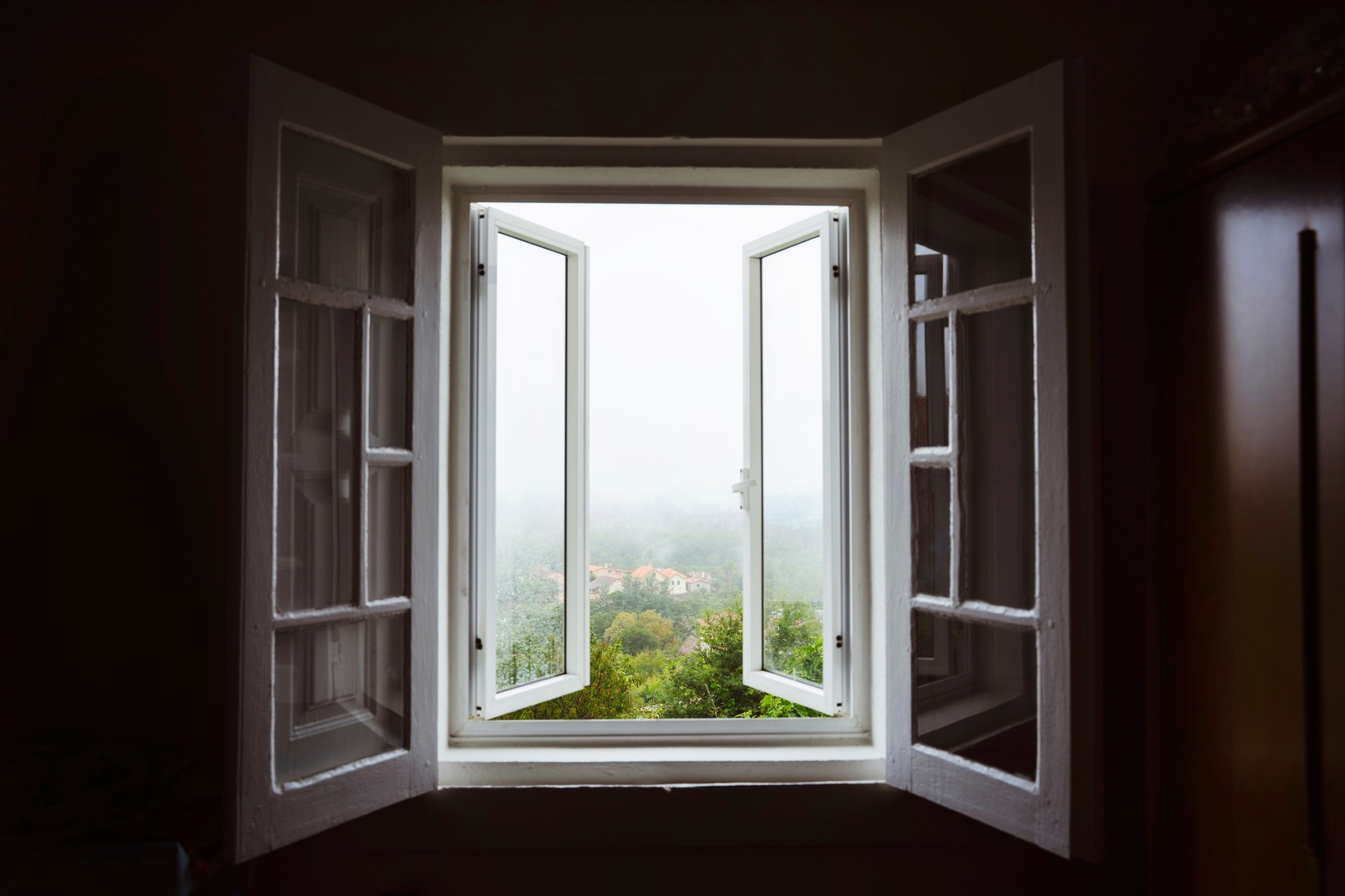 By Nidhi DhullReviewed by Susha Cheriyedath, M.Sc.Dec 19 2024
By Nidhi DhullReviewed by Susha Cheriyedath, M.Sc.Dec 19 2024A recent study has explored how various natural ventilation techniques can cool a historic residential building in San Antonio, Texas—a city known for its hot, humid climate. Using computational fluid dynamics (CFD) simulations, the researchers examined these methods' effectiveness in creating a thermally comfortable indoor environment during the spring and summer months.
 Study: Evaluation of passive cooling through natural ventilation strategies in historic residential buildings using CFD simulations. Image Credit: Beatriz Vera/Shutterstock.com
Study: Evaluation of passive cooling through natural ventilation strategies in historic residential buildings using CFD simulations. Image Credit: Beatriz Vera/Shutterstock.com
The Importance of Indoor Environmental Quality in Historic Buildings
The research focused on balancing modern energy efficiency with the preservation of historic buildings' cultural and physical integrity. This is particularly important when retrofitting heritage structures, where maintaining their historical value while meeting contemporary thermal comfort standards presents a unique challenge.
Passive cooling strategies, like natural ventilation, are often favored over mechanical systems because they align with global preservation guidelines. These techniques can enhance energy efficiency without compromising the historical features of buildings. Heritage structures inherently support environmental stability thanks to their traditional construction materials and methods, as well as their design elements like large windows, high ceilings, and shading devices.
What the Study Examined
The research focused on a typical early-1900s residential building in San Antonio, classified within ASHRAE climate zone 2A (hot-humid). Six natural ventilation scenarios were modeled:
- No natural ventilation.
- Full-capacity ventilation (all openings fully open).
- Half-capacity ventilation.
- Cross ventilation (opposite windows open).
- Stack ventilation (airflow driven by temperature differences).
- Night flush ventilation (cool air brought in at night).
Onsite data and ASHRAE standards were used to create and validate CFD and energy models. The simulations evaluated the feasibility of these methods, their cooling potential, and how well they supported cultural preservation. The goal was to balance occupant comfort with the unique preservation requirements of heritage buildings.
Key Findings
The results showed that all the modeled scenarios reduced energy use, especially during spring. Among the methods, cross ventilation was the most effective, as opening windows on opposite sides of the building improved airflow and helped regulate indoor temperatures.
Additional findings included:
- Shading devices, such as roof overhangs, porches, and awnings, effectively lowered indoor temperatures with minimal impact on humidity.
- High ceilings generally reduced temperatures, but their effectiveness varied depending on outdoor conditions.
- Replacing wood materials with higher thermal mass materials, like brick or limestone, enhanced thermal comfort by lowering indoor temperatures.
- Large windows increased temperatures slightly but improved air circulation, helping to reduce relative humidity.
These results highlight how the inherent energy-efficient features of historic buildings—such as shading devices, high ceilings, and specific materials—can complement passive retrofit strategies.
Preservation Meets Efficiency
The study underscores that heritage preservation and energy efficiency don’t have to be at odds. While opening windows isn’t always practical, passive methods like cross ventilation offer a viable way to reduce energy use and maintain thermal comfort. By leveraging the existing features of heritage buildings and integrating them into energy retrofit plans, it’s possible to meet modern energy standards while preserving cultural and architectural significance.
This approach is especially relevant for regions with hot and humid climates, where the findings can inform similar efforts worldwide. Prioritizing passive strategies ensures that historic buildings remain functional, comfortable, and efficient without losing their unique character.
Journal Reference
Iskandar, L., Bay-Sahin, E., Martinez-Molina, A., & Beeson, S. (2024). Evaluation of passive cooling through natural ventilation strategies in historic residential buildings using CFD simulations. Energy and Buildings, 114005. DOI: 10.1016/j.enbuild.2024.114005, https://www.sciencedirect.com/science/article/abs/pii/S037877882400121X?via=ihub
Disclaimer: The views expressed here are those of the author expressed in their private capacity and do not necessarily represent the views of AZoM.com Limited T/A AZoNetwork the owner and operator of this website. This disclaimer forms part of the Terms and conditions of use of this website.